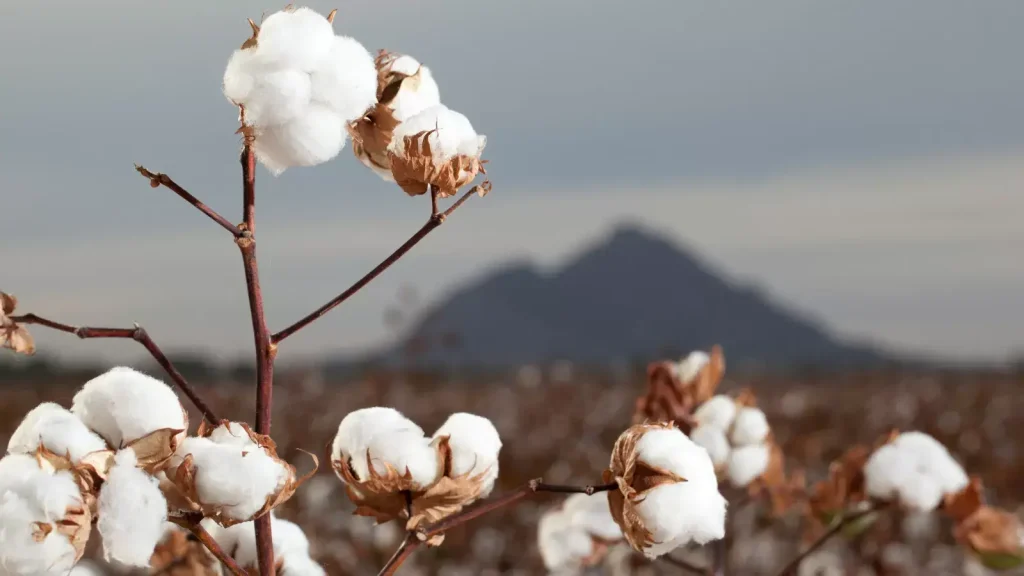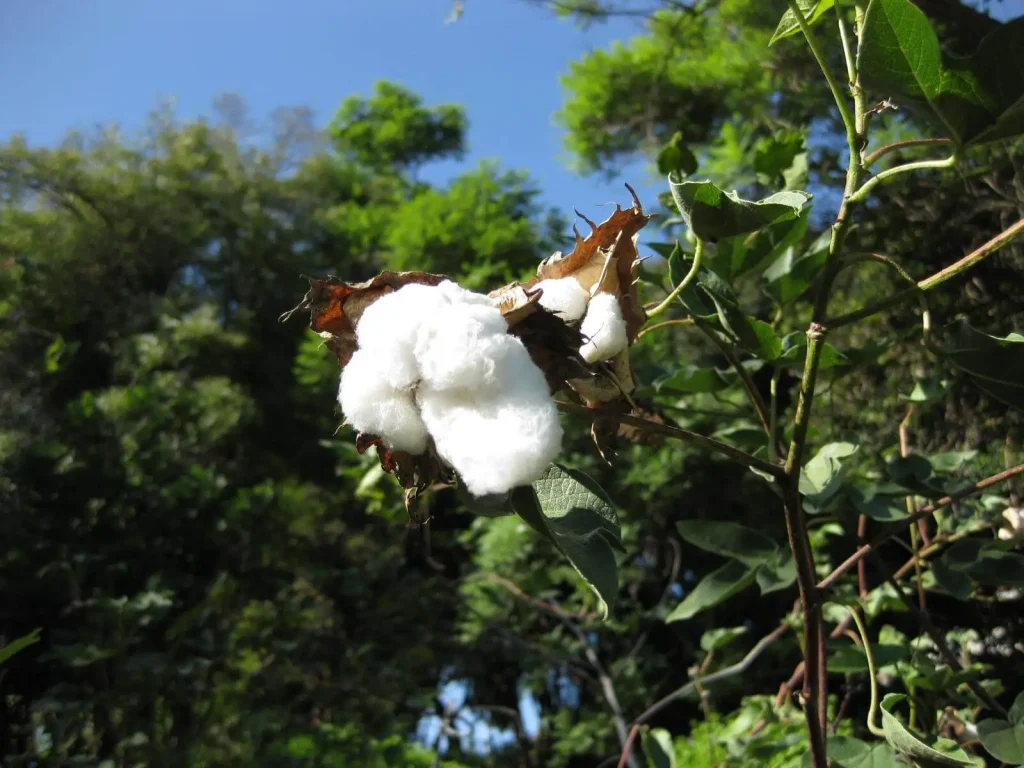Drought is one of the main problems our farmers in South India deal with, particularly in Karnataka and Tamil Nadu. Water scarcity affects Crop yield, the economy, and our farmers and their families’ livelihoods. It’s scary. Here is where creative agricultural solutions really make a difference. This is where innovative agricultural solutions can make a significant difference. Cotton is a crop that requires a lot of water, drought-prone areas are tough on cotton farmers. Researchers have recently developed new cotton varieties specifically designed for drought-prone areas, what are those? Let’s read for more.

Traditional cotton varieties are not strong enough to survive in the killing summer of Karnataka or Tamil Nadu, leading to poor yields and financial instability. However, recent researches in agricultural fields led to the development of new cotton varieties that are specifically designed to withstand drought. These new varieties bring hope to farmers, offering them a viable solution to overcome the adversities posed by water scarcity.
What Are These New Varieties?
Hybrid Varieties: Researchers create hybrid cotton varieties by cross-breeding two different parent plants to combine the best traits of both. They design these hybrids specifically to improve drought resistance and increase yields. For example, hybrids like HD-432 and HD-244 have shown excellent resilience in drought conditions. They have stronger root systems and better water-use efficiency, allowing them to survive with limited water.
Non-BT Cotton Varieties: Non-BT cotton varieties are hybrids that are not genetically modified with Bacillus thuringiensis (BT), a bacterium used to produce pest-resistant cotton. Despite not having this genetic modification, these varieties have been bred to possess drought resistance, with a decent amount of yield. Varieties like Suvin and Shankar-6 are examples of non-BT cotton that perform well in drought-prone areas, offering farmers a viable alternative without the use of genetic modification.

Lumianyan 28: This is an insect pest-resistant and drought-tolerant transgenic cotton variety. It has strong roots, tough stems, medium-sized leaves, and large bolls. Lumianyan 28 matures early but does not suffer from premature senescence. It is an incompact plant type with good aeration, appropriate fruiting sites, strong boll-setting ability, and high resistance to insect pests and diseases like Fusarium wilt and Verticillium wilt. It has wide adaptability and yield stability.
While considering varieties like Lumianyan, it’s important to consider any specific local regulations or market preferences regarding Bt cotton before planting.
Region-Specific Varieties: Researchers develop these varieties to suit the specific soil and climatic conditions of certain regions. For example, Suraj and Jayadhar are varieties designed for Karnataka’s and Tamil Nadu’s conditions. They breed these varieties to maximise productivity by adapting to the local soil types, temperature ranges, and rainfall patterns. They offer region-specific advantages, ensuring higher yields and better performance under local environmental stresses.
How These Varieties Help Cotton Farmers
Shorter Growing Period: One of the most notable features of these new varieties is their shorter growing period. While traditional cotton plants typically take around 180 days to mature, these new varieties can be ready for harvest in just 150 days. This shorter growth cycle is crucial in regions with limited rainfall, as it reduces the risk of crop failure due to unexpected dry spells.
Efficient Water Use: Researchers design these cotton varieties to be more efficient in their water use. They have stronger and deeper root systems that can access moisture from deeper soil layers. This makes them less dependent on surface water and more resilient to periods of drought.
Pest and Disease Resistance: Another significant advantage is their increased resistance to pests and diseases. Researchers breed these varieties to withstand common pests and diseases that typically affect cotton plants. This reduces the need for chemical pesticides, lowers costs for farmers, and minimises environmental impact.
Higher Yield Potential: The new varieties produce higher yields compared to traditional ones. Studies indicate that these new cotton plants can yield 37-50% more cotton. This increase in productivity can significantly improve farmers’ incomes, providing much-needed financial stability.
Better Suitability for Light, Shallow Soils: The new cotton varieties particularly suit light, shallow soils commonly found in drought-prone areas. These soils have lower water-holding capacity, but the new varieties can thrive in such conditions due to their efficient water usage and robust root systems.
What Are The Challenges in Cotton Farming? Read More Here
Let’s Help Cotton Farmers
Farmers in drought-prone regions can improve yields, increase income stability, and become more resilient to the problems caused by water scarcity by implementing these modern drought-resistant cotton varieties.
Even if we are not cotton farmers, still, we can help our agriculture industry. We should share information with our fellow farmers in drought-hit areas. One of the biggest challenges in the Indian farming sector is the lack of information. Many of our farmers live in remote areas and remain disconnected from technological advancements.
If you need a free crop advisory for your cotton farming, call us at